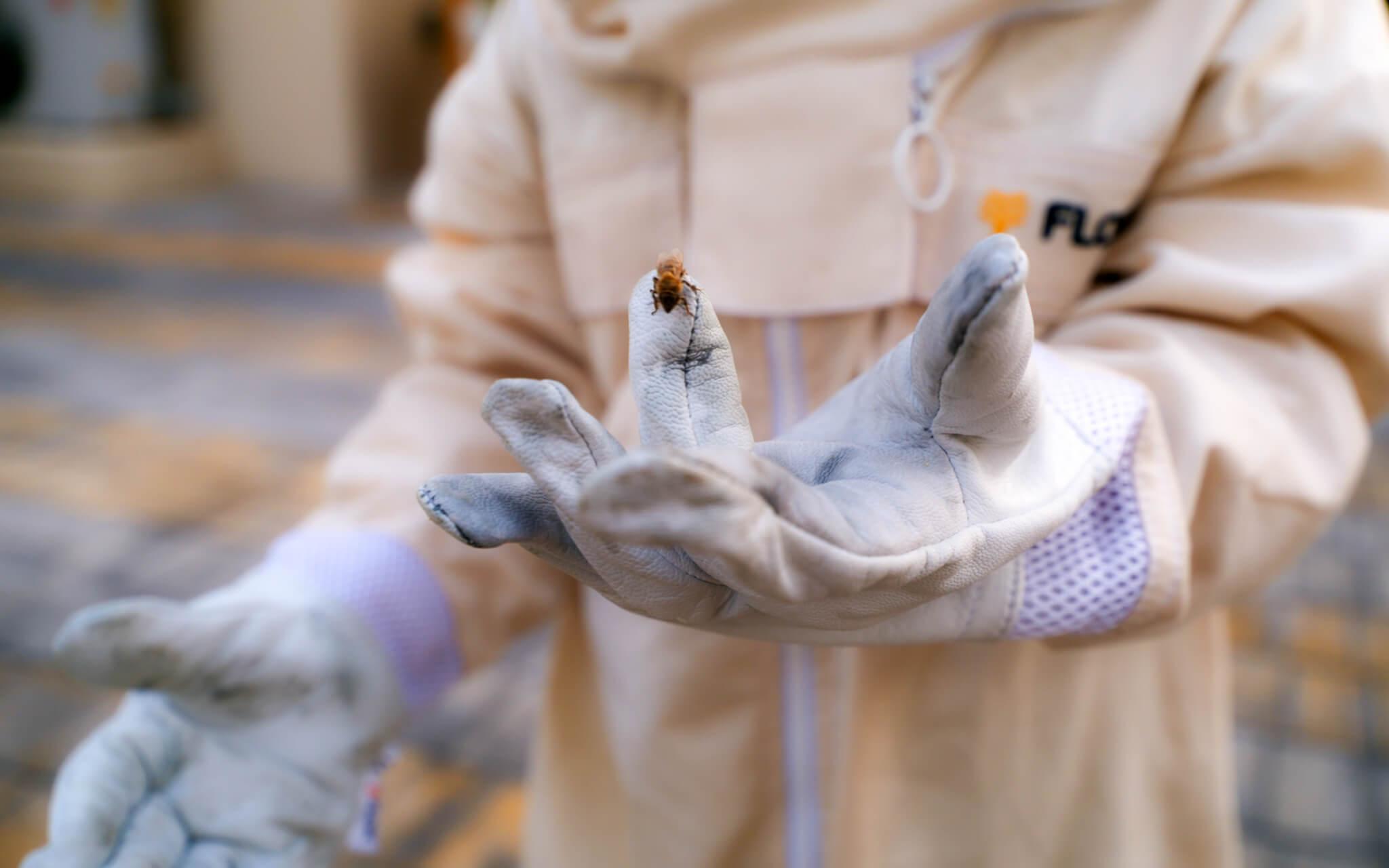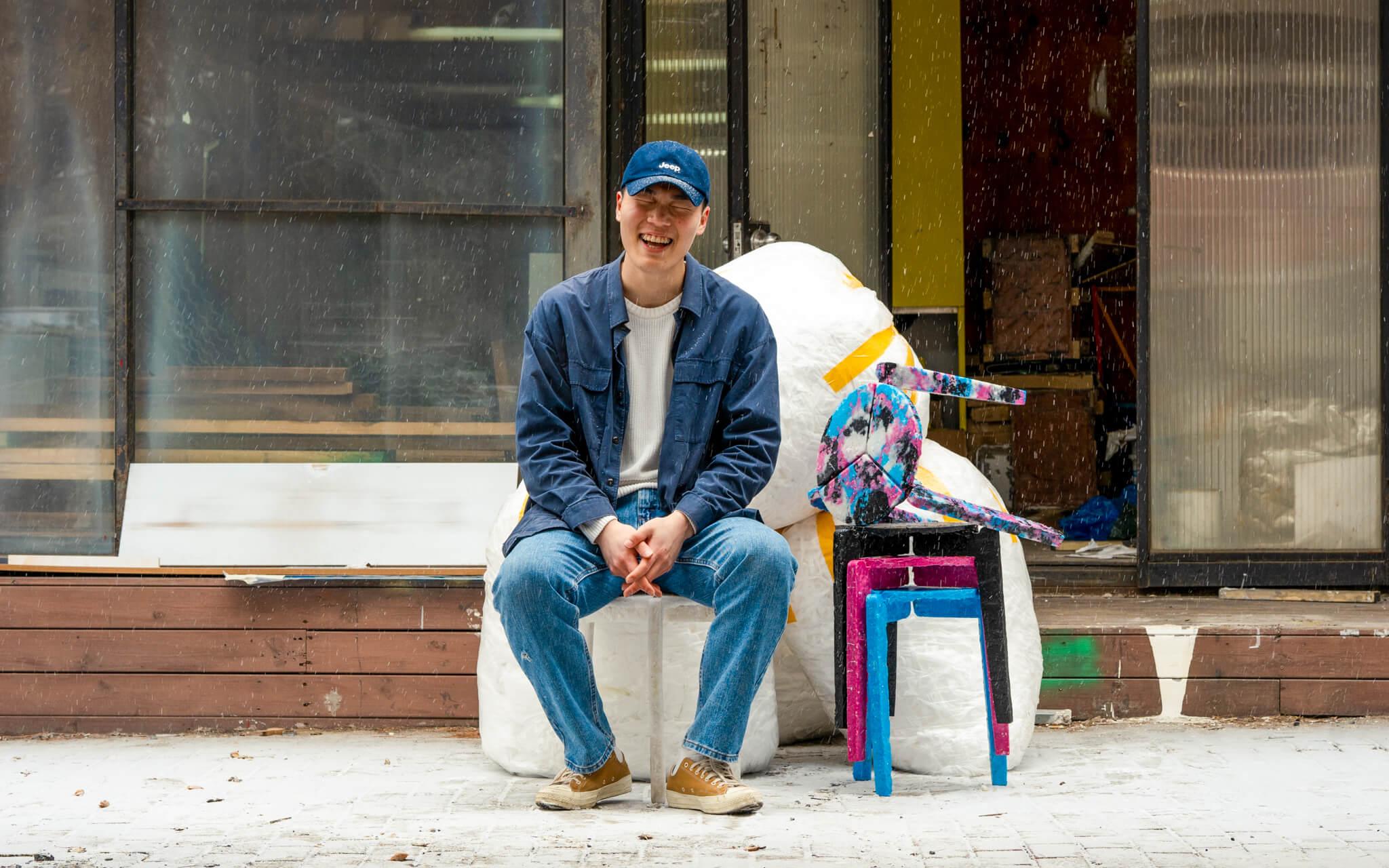Growing in Style with Biocouture
Biofabricate is on a mission to reimagine conventional materials and textiles into products crafted from biology. Spearheaded by Suzanne Lee, a designer and innovator, Biofabricate is pioneering a creative vision for the future.
Suzanne Lee’s 2011 TED Talk introduced bio-engineered fabrics with the most unlikely material: kombucha, that trendy, vinegar-tasting tea beloved by wellness acolytes. Through a process called static fermentation, Lee created a potential fashion textile.
Today, Suzanne is the CEO and founder of Biofabricate, whose mission is to reimagine our material world built with biology.
Launched in 2014, Biofabricate connects innovators, brands, and investors, bringing them together to showcase new possibilities in materials and product development. Every year, Biofabricate hosts a summit for innovators, uniting resources and knowledge; “We do the research, we curate it, we bring it all together, and it's quite an intimate event,” she says.
Like many who went to school in the '80s, Suzanne Lee credits her environmental awakening to CFCs, otherwise known as ozone-killing aerosols. Well, that and the iconic ‘Save the Rainforest’ T-shirts from UK designer Katherine Hamnett. “I definitely had one of those T-shirts,” she says, laughing.
A committed fan of sci-fi and a long-standing member of the fashion community, Suzanne began to explore the future of fashion, first through her book, “Fashioning the Future, Tomorrow’s Wardrobe,” and then through collaborative research with scientists.


A chance conversation with a biologist over 20 years ago redirected the course of her life. “This particular scientist said to me, ‘If you want to think about fashion in 50 years, instead of thinking about using petrochemicals to make polyester or even growing a crop like cotton in a field, we could use microbes to make materials for us,’” Suzanne says.
“Initially, it was still a sci-fi notion - what if we could grow the future of fashion using microbes? What would that mean creatively? What kind of shapes could we make? What kind of textures?”
“For me, it was a creative quest as a designer…which went from a creative vision for the future of fashion to a sustainable vision for fashion,” she explains. Even now, connecting creatives to scientists remains an essential facet of Biofabricate’s mission. “I'd go to all of these very dry science conferences, trying to understand more as a designer about what this was going to mean, but I didn’t understand why there weren’t creatives in these rooms.”
“I wouldn't ever claim to be a scientist,” she asserts. “But I think anyone in a creative field has a deep wonder for the planet and the incredible design of nature. If you start to think about how nature does things, it's so efficient.”
Reducing resource usage is a crucial goal of synthetic biology, and biomimicry (modelling processes and products on naturally occurring systems) shows us how. For instance, agro-industrial waste, the cast-off remains of food processing or agriculture, could provide a nutrient source to surprising applications: fruit-juice waste to grow leather-like materials, chicken feathers transformed into functional fibres for fabrics.
“All of these materials are still very new because it's a material revolution that's just beginning to unfold,” Suzanne says, listing the potential materials that biomanufacturing could use: fungi, algae, bacteria, yeast, living animal cells (without harming the animal), and even waste streams.
“Seaweed's super interesting, obviously,” she says. “The marine environment's a massive carbon sink anyway, but algae is rapidly growing and helps to clean the water. It has multidimensional benefits from a climate standpoint, but is also a fantastic resource for producing things like fibres for clothing or dyes.”
I think anyone in a creative field has a deep wonder for the planet and the incredible design of nature. If you start to think about how nature does things, it's so efficient.
While development and innovation for these products race ahead, many brands wonder about the daily application of biomaterials. Are consumers ready to wear algae-grown trousers? Humanity is notoriously stubborn; we’re not the best at embracing change.
However, Suzanne cites Lycra, the ultra-durable fibre ubiquitous in modern clothing, as an example. Invented in 1958, Lycra was only used in workout gear or intimate apparel. “Today, it's used for one in two pairs of jeans on the planet,” she says, highlighting its pervasiveness.
When purchasing new clothing, we search for longevity, particularly for more expensive luxury items or performance wear. However, with fast fashion, Suzanne points out, these items are often over-engineered. The future of fashion might be in its ability to more efficiently biodegrade after it’s served its purpose. “If something is only going to be worn for a matter of months, why does it take decades to degrade–we should also be designing for the end of a product’s life.”
But there’s hope. With her insider knowledge of the industry, Suzanne shares how young start-ups are dealing with this problem, including one attempting to make a biodegradable Lycra replacement. “If you bury your jeans in your garden right now and they contain Lycra, all of the cotton will disappear in a matter of months,” she says, illustrating the issue. “But the Lycra is going to stay for decades.”
As we talk about the various challenges facing the beauty and fashion industry, particularly in terms of sustainability, Suzanne brings my attention to a surprising problem: creativity.
Livestock farming places a huge strain on the environment. Domestic animals, particularly cattle, have a massive carbon footprint. Finding a sustainable alternative to animal leather remains a priority for the fashion industry.
Suzanne shakes her head. “But what's happening is that you're having people grow material from mycelium, the root-like structure of mushroom, and then brands ask them to make it look like calfskin. So we're putting the imprint of an animal on a mushroom material,” she sighs.
Humanity is so resistant to change we demand new solutions that resemble old problems.
“We're not quite yet being brave enough to embrace the true nature of a material.” She holds up a gorgeous handbag; the fabric is a mottled blue and pink, glistening slightly in the camera light.
“I'm excited about this because it doesn't look like anything you've ever seen before because it's not an animal, it's not plastic, it's not a plant—it’s made by bacteria.”
Most Popular
The Climate Tribe delivers stories about Biodiversity and Conservation, Circular Economy, Food and Water , and how they intersect with climate.
Subscribe
Get the latest stories inspiring climate action around the globe straight to your inbox.






